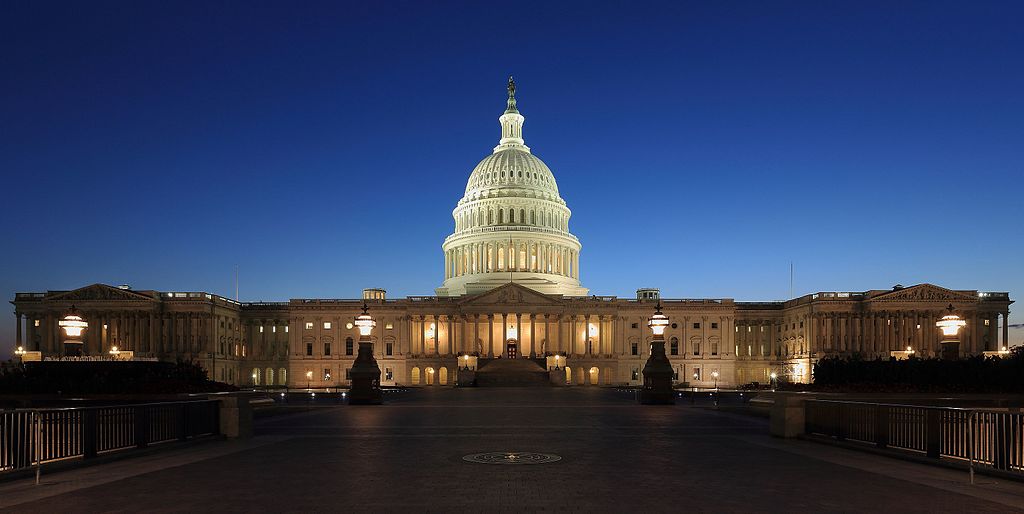
Nuclear Security & Deterrence Monitor Vol. 27 No. 30
Visit Archives | Return to Issue PDF
Visit Archives | Return to Issue PDF
Nuclear Security & Deterrence Monitor
Article 1 of 9
July 28, 2023
Senate easily passes NDAA with more spending for nukes, national labs

Just after 8 p.m. on Thursday, the Senate overwhelmingly approved the 2024 National Defense Authorization Act, which provides a modest boost to civilian and military nuclear weapons modernization programs.
The Senate’s version of the 2024 National Defense Authorization…
Partner Content